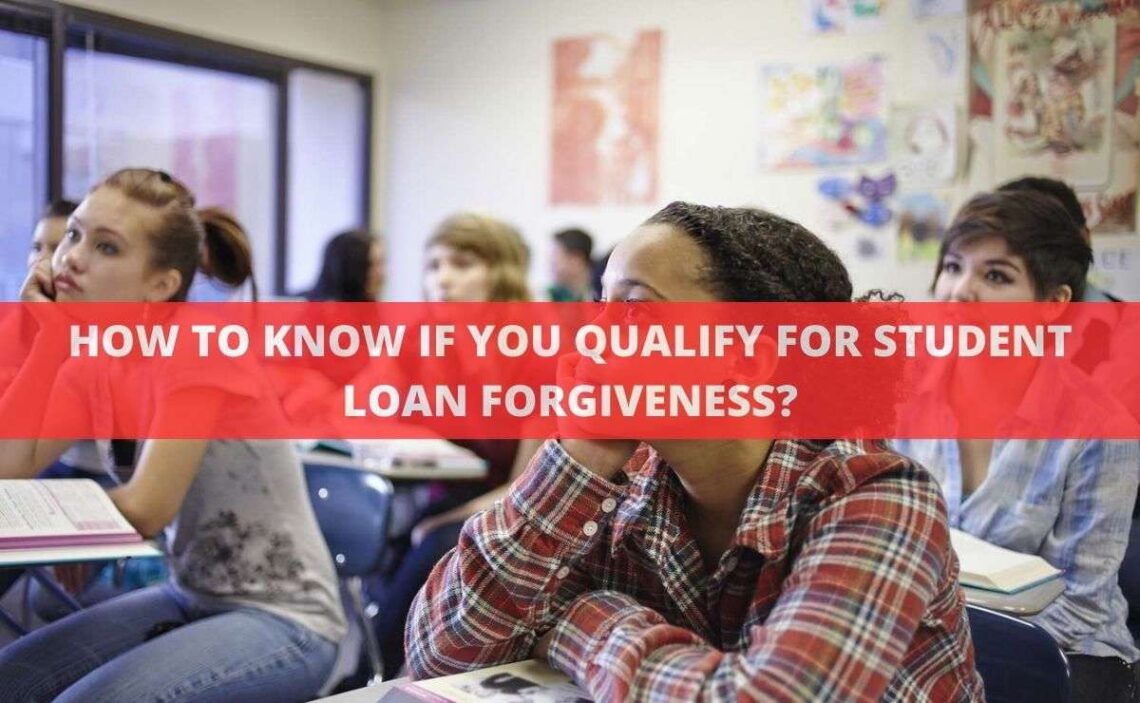The Biden Administration has made a program totaling $39 billion in loan forgiveness that would benefit 804,000 people. It is a separate program from the August 2022 forgiveness program that was terminated by the Supreme Court in June 2024. Therefore, the question arises as to how to know if you qualify for student loan forgiveness for this period.
Debtors may be eligible for debt forgiveness after a certain number of months of repayment.
Usually equivalent to 20 or 25 years, debtors can be treated fairly and benefit from the program.
Who qualifies for student loan forgiveness?
To be eligible, you must have a federal student loan and earn less than $125,000 a year. However, in the case of families, the total household income must be less than $250,000 per year.
However, if you have also received a Pell Grant during your education, you may qualify for debt forgiveness of up to $20,000.
What kind of student loans qualify?
If you have a federal student loan, you may qualify for forgiveness. This includes both subsidized and unsubsidized or parent PLUS loans. If your loan qualifies for payment pause, it is also eligible to take advantage of this opportunity.
However, it should be noted that Federal Family Education Loans and Perkins Loans are not eligible for this program. Borrowers who have applied for a direct loan consolidation before September 29, 2022, may also be eligible, but the rest in this category are not. Private loans are also ineligible for this forgiveness.
Can I apply even if my student loans are in default?
If your loans are in default, you may still qualify for the program. Thanks to the Fresh Start program, which is run by the Department of Education, borrowers have the opportunity to return any defaulted loans to good standing.
The loans that are eligible for the Fresh Start program are Direct, Federal Family Education Loans, and Perkins loans. All of them are handled by the Department of Education.
How do you know if you qualify for student loan forgiveness?
The Department of Education began mailing the notice to eligible borrowers on Friday, July 14. No action is needed on the part of the borrowers to find out whether or not they qualify for this loan forgiveness program.
The Department of Education will continue to notify eligible borrowers depending on the type of loan and repayment schedule every two months. According to the Department of Education, all repayment accounts will have been updated by next year.
What happens if you qualify for loan forgiveness?
Those who have been notified and qualify for student loan forgiveness will receive the discharge 30 days after receiving the notification. In these cases, the loan repayment will be paused until the discharge is processed.
In these cases, your loan servicer will let you know when the debt has been properly discharged to your loan account. Those who wish to opt-out may resume repayment when repayment continues, and interest will resume on September 1. Payments will resume again in October.
Please note that if you are a student or have never graduated you may also apply for this program. However, your loans must be disbursed by June 30, 2022, to apply for the program, otherwise, you will not be eligible.
What is the amount that will be forgiven?
The amount will depend on whether or not the student has received a Pell Grant. Those who have received a Pell Grant will have a $20,000 debit write-off. Those who have not received a Pell Grant will have a $10,000 cancellation.
In cases where your student debt is less than the amount you qualify for, you will only receive cancellation of the amount of your debt. This means that if you have less than $10,000 in debt, you will be forgiven only the amount you have on your debt balance without giving you any extra.
On the other hand, in the event that your student loans exceed the amount that will be forgiven, the remaining amount will be recalculated for payment. This may cause your monthly payments to be lowered. In these cases, your loan servicer will notify you of the new monthly payments you will have to make after this amount has been deducted.
Please note that this program applies to 8 million borrowers who will receive an automatic cancellation of the debit. If you are not contacted, you may still be able to have a student loan forgiveness, but in these cases, you will have to make an online application to do this process.
Will I have to pay taxes on the forgiven amounts?
In the Biden student loan forgiveness program, it is specified that student loans are not taxable. As of 2021, in the American Rescue Plan Act, a tax exemption was made for student loan forgiveness until 2025.
However, you should consider that in some states you will have to pay state taxes on student loan forgiveness debits. There are 13 states in which you may be taxed on student loan forgiveness, but this will depend on the state you are in. These types of taxes are reported on IRS Form 1099-C.
Will forgiveness affect my student loan interest deduction?
No. In recent years, the Department of Education has put a 0% interest rate on federal student loans. This was done in response to the pandemic, so there is currently no interest to be deducted.
However, once your federal loan payments are totaled and the interest is recaptured, you will be able to claim a deduction. This is even if some portion of your debt has been canceled by the student loan forgiveness program.


